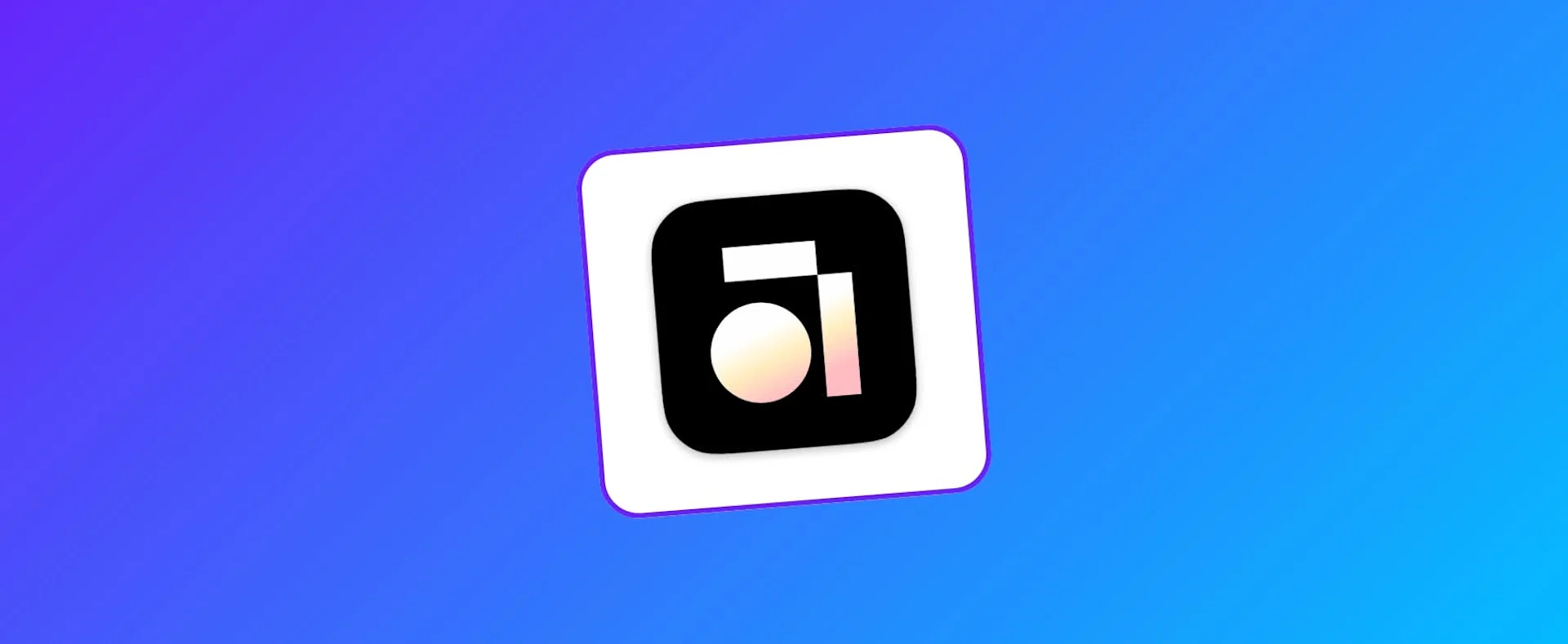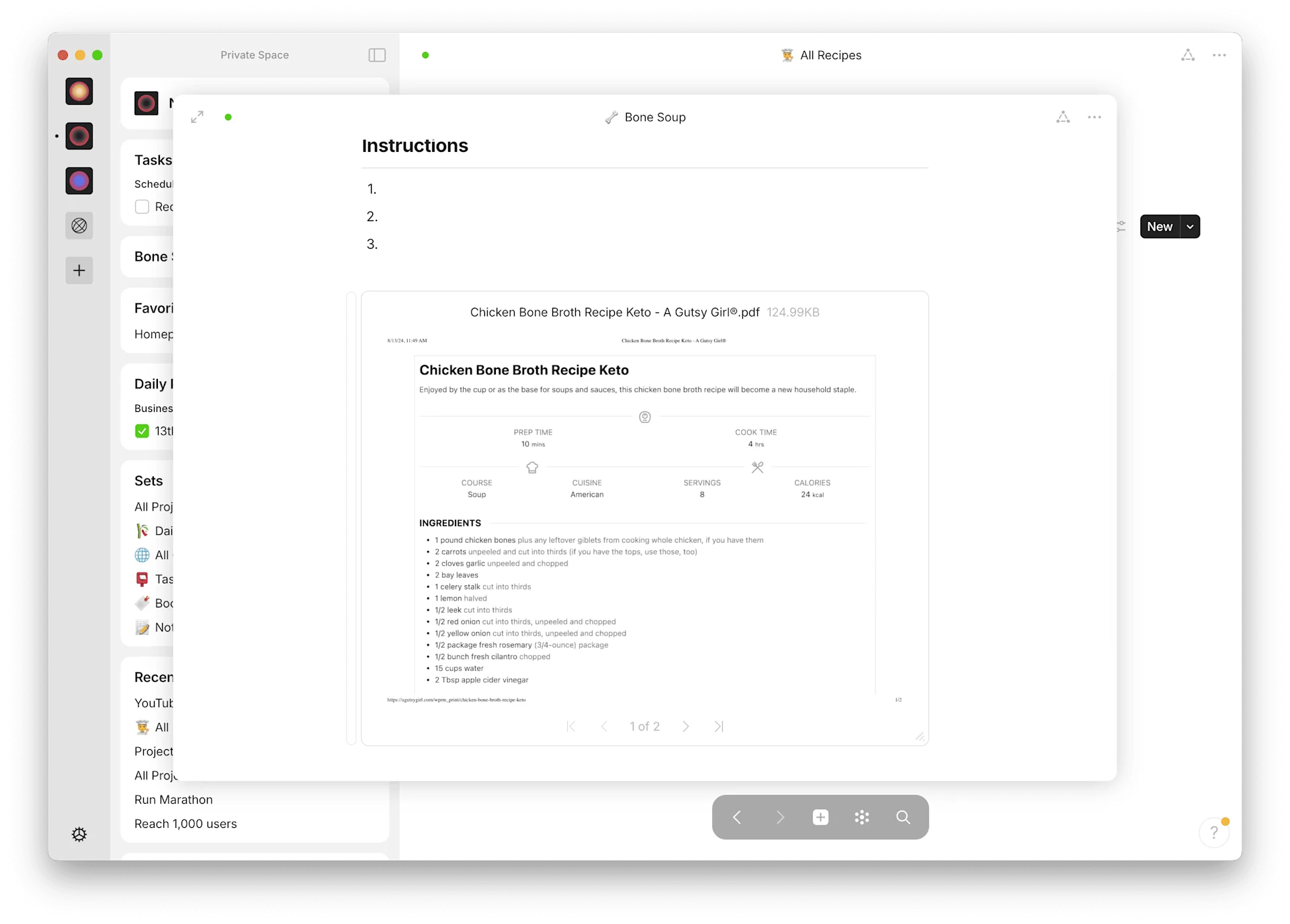Beginner's Guide to Anytype: Everything You Need to Know
Anytype Beginner Guide
26 Apr 2025

Unlocking the powers of note-taking app Anytype and helping you understand how to use it and get started with the basics of your workspace.
What is Anytype?
Anytype is an open-source, local-first note-taking application for macOS, Windows, iOS, and Android. It also has a Chrome extension for clipping notes.
Anytype creates notes as objects to save notes with a structure—e.g., meeting, person, book. It also has E2E security on notes and a growing community.
It is a popular Notion alternative in the local-first note-taking community with an ethos and focus on secure note-taking. Anytype uses object-based note-taking to help organize your notes with more structure.
Anytype Features Explored
The main features that are inside of Anytype and how they help
Note-Taking (B+)
Connect notes in Anytype and bring a sense of brain-like organization to your vault. Many people like how Anytype balances the traditional feel of note-taking apps with the more modern PKM-style tools that can help you organize ideas and thoughts in one place.
Object-Based Concept (A+)
Organize your notes as objects before you begin them; this allows you to save templates and replicate them as you use them throughout your account. It will also allow the Anytype system to be aware you are adding a person, book notes, ideas, bugs, etc. This gives you more customization to your account and speed the more you use it.
Databases (B-)
In Anytype, there’s a feature called Sets, which lets you create databases based on specific attributes like objects. You can then organize these sets using six different views: Grid, Gallery, List, Kanban, Calendar, and Graph. While these views offer flexibility, they can be challenging to implement alongside the object-based system, and it may take some time to grasp how they function fully.
For many users, views like Calendar, Graph, and Gallery expand how they interact with their notes, making information easier to visualize. However, for those coming from apps like Notion, Anytype might not feel as immediately powerful or suitable for their needs. That said, Anytype’s strong security features and the likely evolution of its database functions make it worth exploring. As the platform continues to improve, these features are expected to become even more robust.
Networked Thought (B)
See the way your notes connect with graph view in Anytype and the abilities like flow that allow you to see the relationship and knock-on effect of the notes in your workspaces.
Pros:
- Open-source note-taking
- Local-first and peer-to-peer networking
- Works with markdown and native on desktop
- It comes with sets and collections for set-ups
- Good-rated iOS, and Android on respective App Stores
- Privacy-focused notes with E2E secure notes
- Good community and audience
Cons:
- It can be overwhelming to use
- Limited database abilities compared to Notion
- Still developing features
Anytype Pros
- Open-source note-taking
- Local-first and peer-to-peer networking
- Works with markdown and native on desktop
- It comes with sets and collections for set-ups
- Good-rated iOS, and Android on respective App Stores
- Privacy-focused notes with E2E secure notes
- Good community and audience
Anytype Cons
- It can be overwhelming to use
- Limited database abilities compared to Notion
- Still developing features
How much does Anytype cost per month?
Here's all the Anytype pricing updated for you:
Plans | Pricing ($) | Included |
|---|---|---|
Basic | Free | 1GB storage |
Builder | $99 per year | More storage & limits |
Is Anytype free?
Anytype is free, with a limit of 1GB for the network.
Should I get Anytype?
Okay, time to see whether it is right for you.
Anytype is a challenging app to recommend. It straddles the line between being a personal knowledge management (PKM) tool and a new note-taking system. It offers a unique approach by organizing notes with "objects," a relatively new concept.

If you're open to exploring this approach, Anytype is worth considering as you evaluate note-taking applications. Many users choose Anytype for its offline capabilities, local-first storage, and open-source nature. The company seems committed to building a solid product with features beyond essential note-taking. Its availability across various devices and a generous free plan make it accessible to most users.
The free plan's 1 GB storage limit should be sufficient for those who don't frequently attach files or documents to their notes.
While Anytype is a strong contender, we recommend exploring all the note-taking applications available on Tool Finder as you research your options.